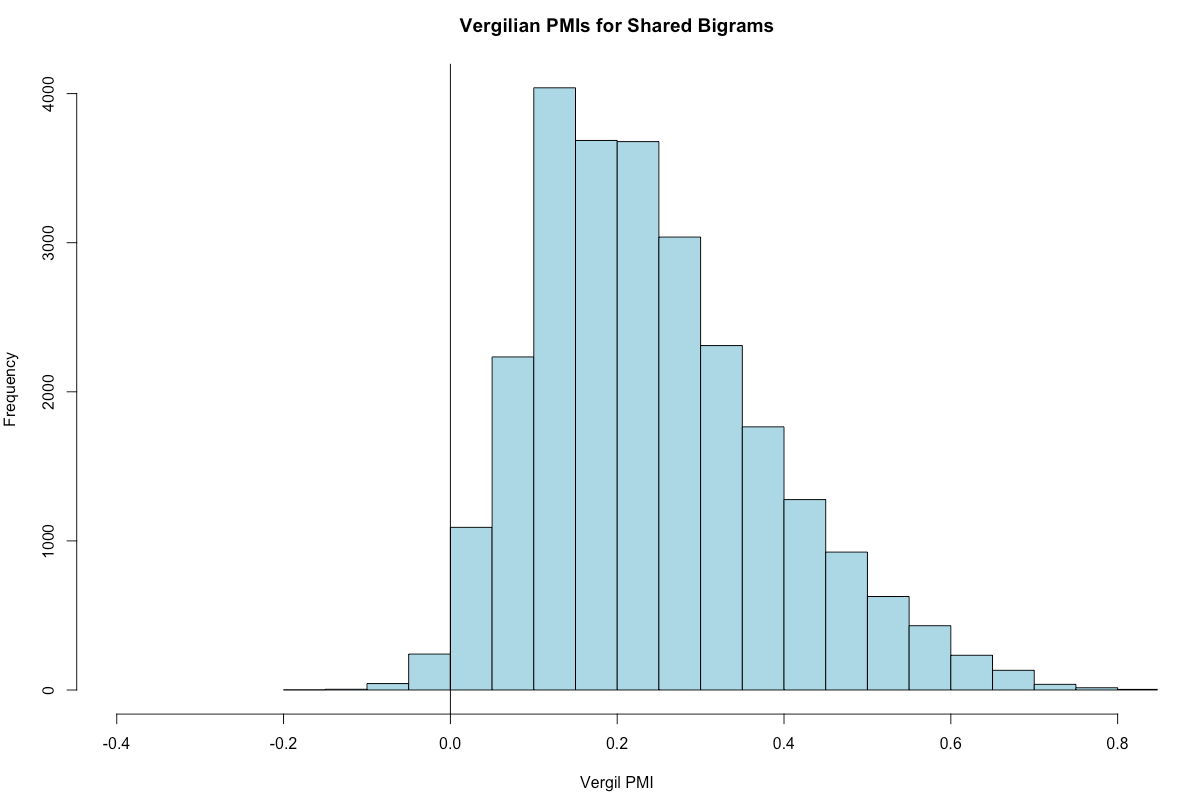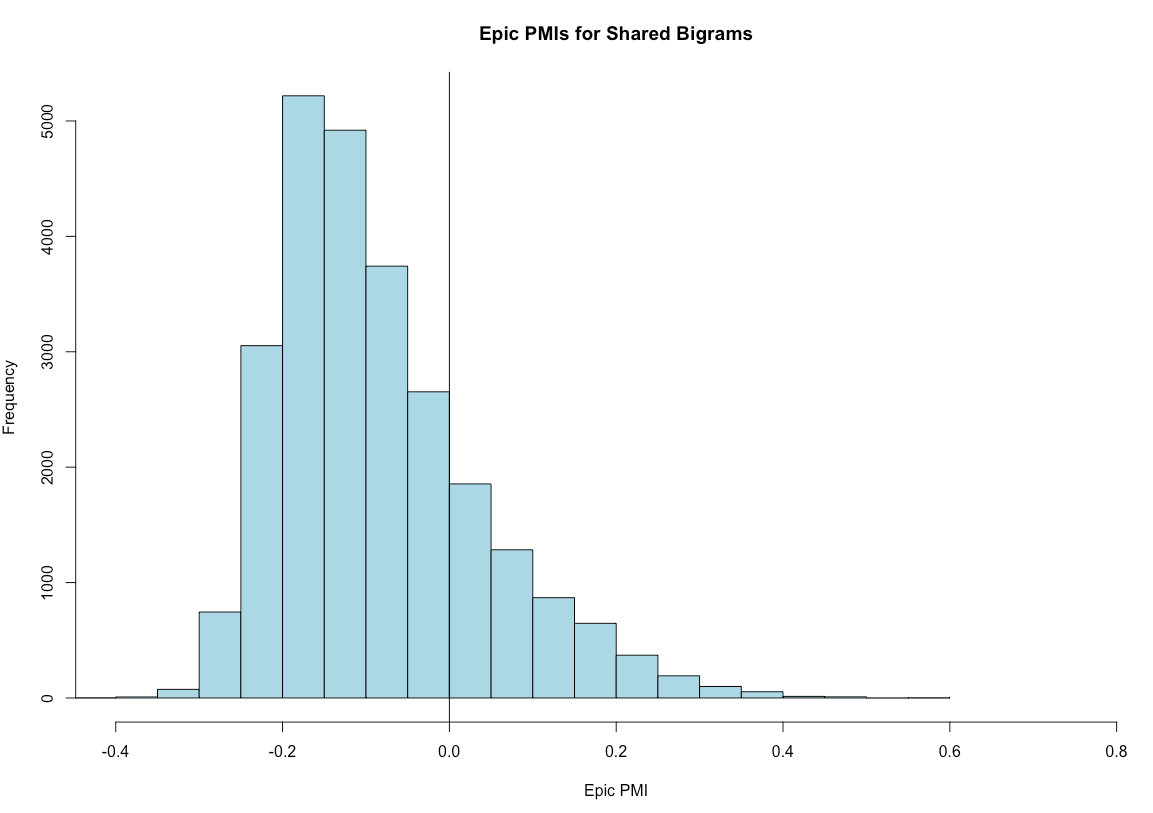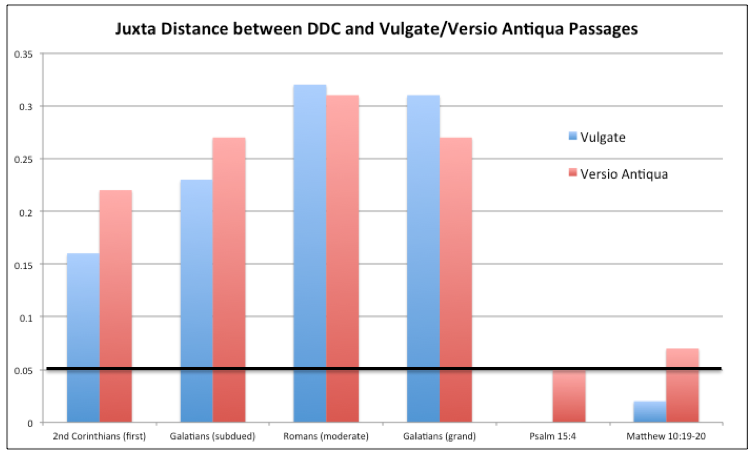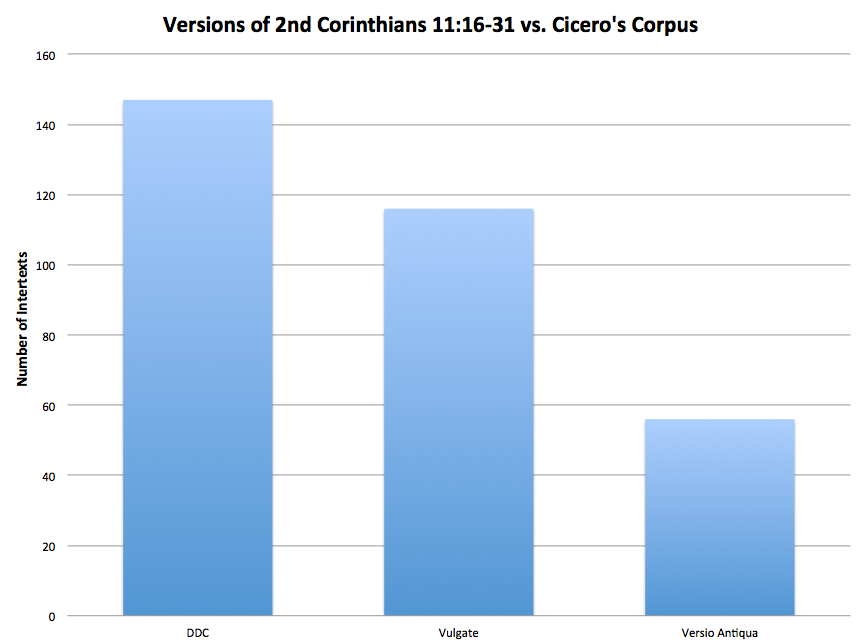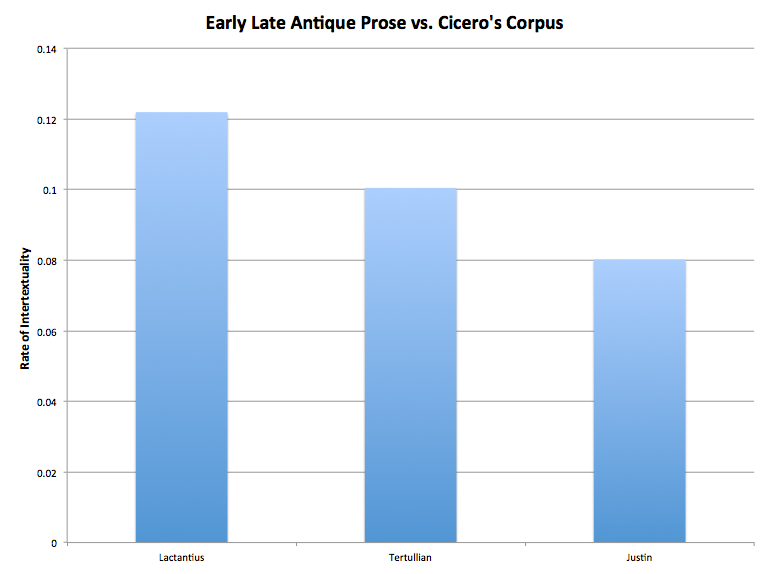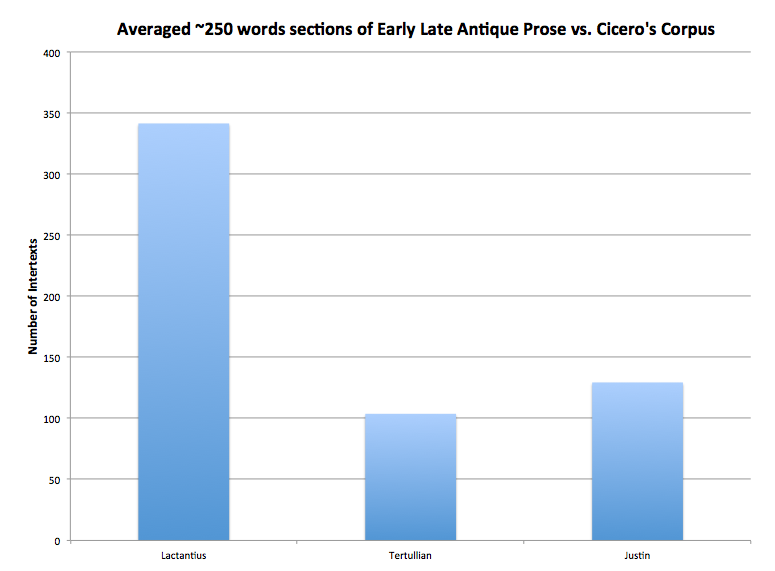In the course of developing the newest version of Tesserae, the team members working on development are attempting to create a new search feature that would allow users to search texts based on their original date of publication. To that end, I have completed a new Tesserae Text Date project where I researched and assigned approximate and known dates for all of the texts in the Tesserae corpus. This work builds on a smaller project completed by Tesserae in the past, the Tesserae author + work data task for network analysis. This earlier project assigned dates to Latin poetry texts in the Tesserae corpus, using the Oxford Classical dictionary as a source for the dates. The current project discussed in this post expands significantly on this early work, with approximately 956 texts having been dated.
Assigning dates to ancient Greek and Roman texts is notoriously difficult for a variety of reasons; in many cases we cannot know when a certain author composed a certain text, and for that reason a range of dates is usually given. Other texts are easier to date, namely speeches where the dates are corroborated by epigraphic evidence or other records. For example, the public speeches of Demosthenes are generally assigned specific dates and in the case of Dinarchus’ speeches, they all appear to be from the same trial that has been assigned a firm date of 323 BC (Lycurgus, Dinarchus, Demades, Hyperides. Minor Attic Orators, Volume II: Lycurgus. Dinarchus. Demades. Hyperides. Translated by J. O. Burtt. Loeb Classical Library 395. Cambridge, MA: Harvard University Press, 1954.).
In an effort to provide a singular date, the prior Tesserae author + work data task for network analysis method was employed. This earlier method dated texts by selecting the latest date given. Provided a date was not attested for a text, the death date of the author was chosen. In addition to this method of date analysis, dates in the current project were dated based on individual text circumstances. For example, the Elegies of Propertius have been dated in the Loeb based on when individual books may have been published. For simplicity and because Tesserae lists and searches the Elegies undivided by books, I chose the publication date of the final book as the date for the work as a whole (Propertius. Elegies. Edited and translated by G. P. Goold. Loeb Classical Library 18. Cambridge, MA: Harvard University Press, 1990). Collections of Letters for various authors were given the date of the author’s death based on the practice in antiquity of posthumously collecting these documents and publishing them. The epistulae collections of Cicero serve as a model for this practice, because we know that Atticus preserved and collected his correspondence with Cicero, the collection published on his death. We also know that Cicero’s other letters were preserved and collected in a similar way. (Cicero. Letters to Atticus, Volume I. Edited and translated by D. R. Shackleton Bailey. Loeb Classical Library 7. Cambridge, MA: Harvard University Press, 1999).
Other examples of date selection based on individual text circumstances include Florus’ Epitome Bellorum Omnium Annorum, considered to have been composed in the second half of Hadrian’s reign, so the final year of that period was chosen. In the case of Pindar’s Odes, composed in praise of various individuals and events over many years, the date of his death (438 BCE) was selected (Pindar. Olympian Odes. Pythian Odes. Edited and translated by William H. Race. Loeb Classical Library 56. Cambridge, MA: Harvard University Press, 1997.)
The works of Plutarch are generally accepted to have been composed during his retirement and originally a range of dates was chosen. In the end, the date of 120 was chosen after he died and the works were in the most complete form (Plutarch. Lives, Volume I: Theseus and Romulus. Lycurgus and Numa. Solon and Publicola. Translated by Bernadotte Perrin. Loeb Classical Library 46. Cambridge, MA: Harvard University Press, 1914.). This practice was implemented with the works of Aristotle as well. What we have from Aristotle are collections, or compositions of his lecture notes and essays and these are not dated with any specificity so I have chosen the date of his death in accordance with letter and speech collection dating. This information along with his death date here: Aristotle. Metaphysics, Volume II: Books 10-14. Oeconomica. Magna Moralia. Translated by Hugh Tredennick, G. Cyril Armstrong. Loeb Classical Library 287. Cambridge, MA: Harvard University Press, 1935. In the case where a text is believed to have been composed during a defined period, i.e. Lactantius’ De Mortibus Persecutorum 313-316, the latest date was chosen since the work would have been completed in total in that year (http://www.earlychristianwritings.com/lactantius.html).
In some cases, texts can not be assigned exact dates, nor even a range of specific dates. This is noticeably the case with some late antique authors, early ecclesiastical figures and pseudo authors, but certain other ancient Greek and Roman texts present the same difficulty. In these cases the method employed was to assign them to the period in which they were active, often only a given century. For example, the work of Phlegon De Mirabilibus is assigned to the time of Hadrian with no specific dates, so the second century was chosen. The works of Aelian are difficult to date and all that we know of the author is that he was born in 170 CE, so the second century is the range given to his text (Aelian. On Animals, Volume I: Books 1-5. Translated by A. F. Scholfield. Loeb Classical Library 446. Cambridge, MA: Harvard University Press, 1958.). Texts by Pseudo authors are given dates based on the author they are associated with. In the case of the two Pseudo Cicero texts in the Tesserae corpus, they have been assigned single dates. The date was sourced from Cicero. Letters to Quintus and Brutus. Letter Fragments. Letter to Octavian. Invectives. Handbook of Electioneering. Edited and translated by D. R. Shackleton Bailey. Loeb Classical Library 462. Cambridge, MA: Harvard University Press, 2002., who states that the invective against Sallust attributed or associated with Cicero appears to have been composed in 54 BCE. Though a firm, singular date has not been assigned to the second Pseudo Cicero text, the date of the invective against Cicero has been assigned in this project.
Many of the remaining Pseudo texts in the Tesserae corpus have been assigned to particular centuries. For example, Pseudo Cyprian Ad Flavium Felicem de Resurrectione Mortuorum has been given a date of the 3rd century CE, the date that Cyprian was alive and active (http://opengreekandlatin.github.io/csel-dev/). The works of Hilary of Poitiers are given a specific date based on the death of the author (368 CE), but the Pseudo Hilary texts are dated to the century associated with Hilary himself (4th century CE). The works of Pseudo Tertullian texts have been dated in the same way, though some are given specific dates and in this case, the specific date is listed in the Tesserae Text Date spreadsheet (http://www.tertullian.org/chronology.htm). In the spreadsheet included in this post, under the source column, one can view the sources for the text dates and notes describing why a particular date was assigned.
The dates assigned to the corpus of Tesserae texts were sourced from a variety of places: a majority of the dates were sourced from the Loeb volumes of specific texts and authors, others were sourced from chronologies created by scholars. The Chronological Table of Augustine’s Work compiled by James J. O’Donnell was invaluable to assigning dates for Augustine’s works. Additionally, Peter Kirby’s website, Early Christian Writings website and bibliography, was an invaluable reference. In many cases multiple sources were reviewed for individual texts and authors, and that information has been included under the sources column on the date spreadsheets.
Attention has been paid as close as possible to ensure accuracy in dating, researching, and citing the source information in this spreadsheet, and in being as consistent as possible. However, as noted above, the process of dating was dependent on the information available for individual texts and authors, so the method of dating may vary slightly, but in general the process of assigning the latest possible date, as mentioned above, was employed. The information in the project spreadsheets may be updated as new information becomes available or the data needs to be corrected. Eventually, we would like to include the list of dates, authors, and texts on the newest version of the Tesserae site as a separate page so that users can view the material in a singular space. We are also in the process of adding this material to the current Tesserae website. The completed Tesserae Text Date spreadsheets referenced in this post include a spreadsheet of Tesserae Singular text dates and a spreadsheet of the Tesserae text date Ranges, this spreadsheet includes the original spectrum of dates for individual texts. Be sure to check out the spreadsheet and the new site when available!



